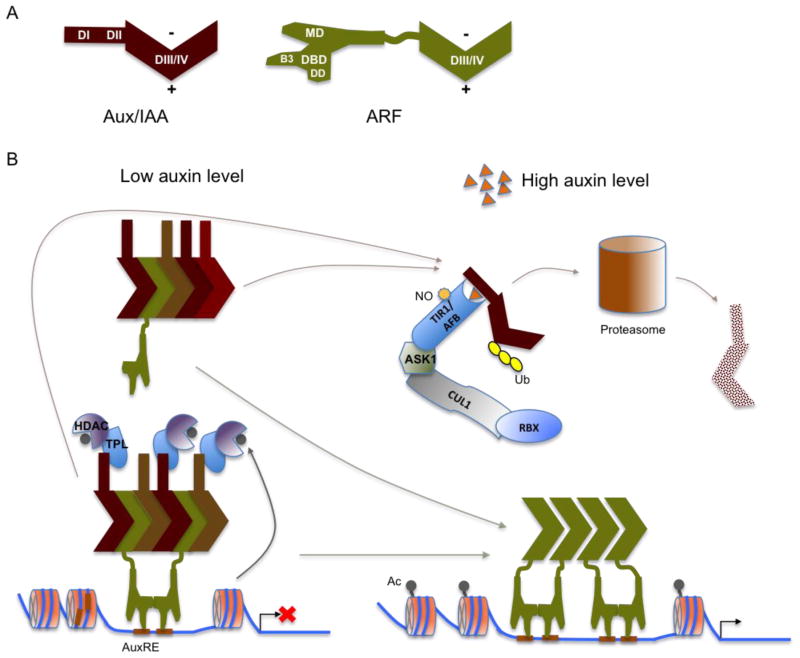Figure 1. A model for the TIR1/AFB-mediated auxin signaling pathway.
A. DIII/IV regions of Aux/IAAs and ARFs are homologous and the DIII/IV of most Aux/IAAs and ARFs form a PB1 domain that comprises both an acidic (+) and a basic (−) faces.
B. When auxin level is low, Aux/IAA proteins and ARFs form multimers through directional interaction between the acidic and basic interfaces of their DIII/IV regions. Aux/IAAs in the multimers recruit co-repressor complexes, which at least consist of TPLs and HDACs and repress transcription of target promoter through removing acetyls (Ac) from local chromatin. In addition, Aux/IAAs in the multimers may block ARFs from efficient binding to AuxREs in their target promoters. When auxin level is high, auxin promotes ubiquitination and degradation of Aux/IAAs through a SCFTIR1/AFB-proteosome module, and the released ARFs form dimers and even higher-order complexes that activate expression of target genes.

